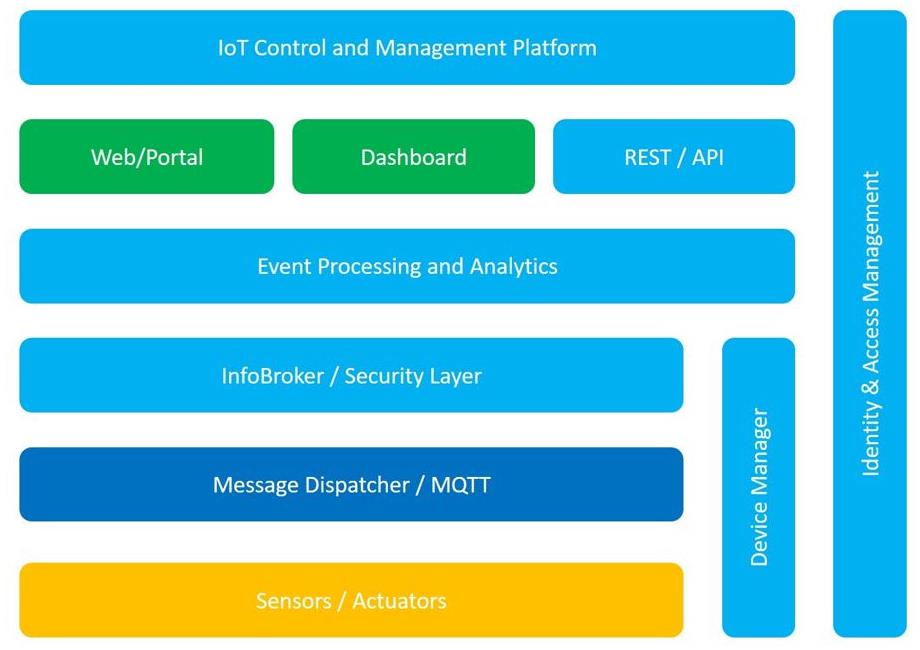FREE TOLL NUMBER 800 90 8000

IoT Intelligence Networks
Our scientific know-how used to carry out smartprojects around the world
LoRa Network Server
T.net has developed an innovative LoRa (Long Range) Network Server, for the management of LoRa networks, able to connect IoT devices much more efficiently than traditional infrastructures. The use of this technology, perfected and improved, has allowed a wide range of action, an accurate geolocation, a reduced battery consumption and a protected and secure data transmission. The integration with T.net’s LoRa Network Server is simple and intuitive, it allows constant monitoring and data processing according to specific needs.
Covered Areas
The advantage for devices to rely on a LoRa network is that the LoRa signal – as per its very name – covers long distances, i.e. up to 10 km in rural areas and 5-6 km in urban areas. Given the reachability of the signal and the lightening of the infrastructure, LoRa guarantees greater efficiency in the IoT field than Wi-Fi.
Who we turn to
T.net’s LoRa Network therefore allows Public Administrations, Local Administrations, Consortia or Companies to constantly monitor large geographical areas through the use of devices and / or sensors. All this with an eye to the efficiency of sensor consumption and with a lean infrastructure.

Localization and Control
The use of a LoRa infrastructure already allows low-consumption geolocation without the need for GPS, but T.net has improved this functionality, bringing the efficiency of geolocation from the usual 100-200 meters to about 5 meters of accuracy. T.net’s offer is more efficient and in some cases even more precise than that based on Wi-fi or BLE (Bluetooth Low Energy). In addition, data management is more secure and controlled, protected in end-to-end encrypted mode.
How we integrate
Integration with T.net’s LoRa Network Server is simple and intuitive, both in the event that the LoRa network and infrastructure are designed and built by T.net, and in the event that a LoRa network already exists and you want to manage and monitor its data. All the data detected by the sensors are hooked and flow into the T.net LoRa Server, to then be processed and monitored according to the required needs. All data is stored on the Cloud T.net which is GDPR compliant and ISO 27001 certified.

C-ITS V2X
The innovative Cooperative Intelligent Transport Systems (C-ITS) of T.net allow the interaction between vehicles, the road infrastructure and the actors involved in the use of the infrastructure. With T.net’s C-ITS solution, V2V (vehicle-to-vehicle) and V2I (vehicle-to-infrastructure) communication is overcome, to achieve V2X (vehicle-to-everything) cooperation, with obvious advantages of efficiency, safety and for the environment. The use of both 802.11p protocol and LTE / 4G / 5G networks makes it possible to create projects capable of supporting technological evolution without compromise.
Covered Areas
Thanks to the low latency of the DSRC protocol (Dedicated Short Range Communication) it is possible to share in continuity between vehicles and road infrastructure. The continuous exchange of information and data between vehicles and infrastructure makes it possible to improve the efficiency of mobility, the driving experience and road safety, with particular attention also to environmental protection. We have already built a C-V2X corridor in the Smart Road 4.0 project for the City of Taormina, which covers part of the stretch that goes from the Mazzarò uncovered car park to the center of the “Pearl of the Ionian” village.

How does it work
T.net’s C-ITS V2X technologies make roads safer and more efficient. Thanks to the ability to recognize potential dangerous situations, such as sudden braking, the T.net C-ITS system guarantees fast network transmission, with low latency, high accuracy, priority, security and privacy. The travel experience is enriched by intermodal communication which in real time provides various information, such as alternative routes in case of work in progress or slowdowns, exchange points between various types of transport systems (cars, trains, buses), etc…
Who we turn to
How we integrate
Cooperative Intelligent Transport Systems
Wi-Fi in motion
The T.net Wi-Fi in Motion system, which enriches the offer of T.net solutions for Smart Roads, is able to provide all motorways with a data and voice roaming service on moving vehicles. In particular, it offers reliable network coverage even in complex environments with variable weather conditions and has the ability to manage a large number of vehicles in transit simultaneously and voice and data communications with adequate Quality of Service (QoS). The system is able to communicate via mobile device with the user, even in hands-free mode. It can also extend communications to older generation vehicles, without affecting the road infrastructure.
Covered Areas
Who we turn to
T.net’s Wi-Fi in Motion solution allows all companies, organizations and consortia operating on Italian and European motorways the possibility of having a data and voice roaming service on moving vehicles with high reliability.

How does it work
T.net is able, thanks to detailed inspections, to propose radio equipment and antennas customized according to the specific needs of each customer, thus providing both connectivity and a detailed and safe mobility information system on the manned sections, able to communicate through mobile device with the user, without distracting them while driving and in hands-free mode.
A dedicated team is able to carry out accurate multi-protocol Radio Surveys and to suggest the use of the technology and equipment most suitable for the implementation of the use case to be created.
Not everything is always needed. A thorough radio assessment is important to ensure the success of the project.
How we integrate
Infobroker:
il Middleware per l'IoT
T.net has developed an intelligent framework based on cloud microservices that allows the detection of data, their transformation into information and the use of information with optimized management. With T.net’s Infobroker it is possible to satisfy the market demand that requires the development of new technologies and increasingly performing algorithms capable of providing rapid responses to intelligent devices, such as drones and robots for parcel delivery, autonomous vehicles, actuators in the smart city context, without however duplicating the infrastructures and distributing the computing load from the edge layer to the cloud, following the fog computing paradigm. All to make streets and cities smarter, safer and more profitable.
The basis of the IoT are connected devices, devices used in any environment of our lives; according to Gartner, by 2025 there will be more than 30.9 billion IoT devices worldwide. Managing the amount of data generated by a large and ever-increasing number of devices in a safe and useful way is the real challenge of the IoT.

What is it for
Infobroker by T.net is not a simple “platform” but it is an end-to-end IoT solution, independent of the application field, which favors a smooth flow of data starting from the sensors to the management system, in order to generate useful information that are the basis for a Decision Support System in different contexts. The use of cloud microservices and the Infobroker architecture allow access to raw data or data processed in both request-response and publish-subscribe modes, so that any client-side application can be developed with low effort.
How does it work
The logic for managing, understanding and forecasting data is managed within the T.net microservices and is provided to the client through the InfoBroker. In the context of mobility and monitoring of the conditions of the road surface, for example, the sensors communicate the data detected, this is compared with the current and forecast meteorological data, generating an alert if necessary. At this point, the Infobroker designed for communication with the ITS (Intellligent Transport System) infrastructure will communicate the alert through its own channels.
Who we turn to
How we integrate
Through an integrated network and an open platform that connects multiple system components, with IPv6 enablement, multiprotocol, T.net Infobroker allows in a simple way the interconnection of sensors / actuators, the selection and management of the resulting information flow and the use of the related data also to the ITS navigation information systems.
